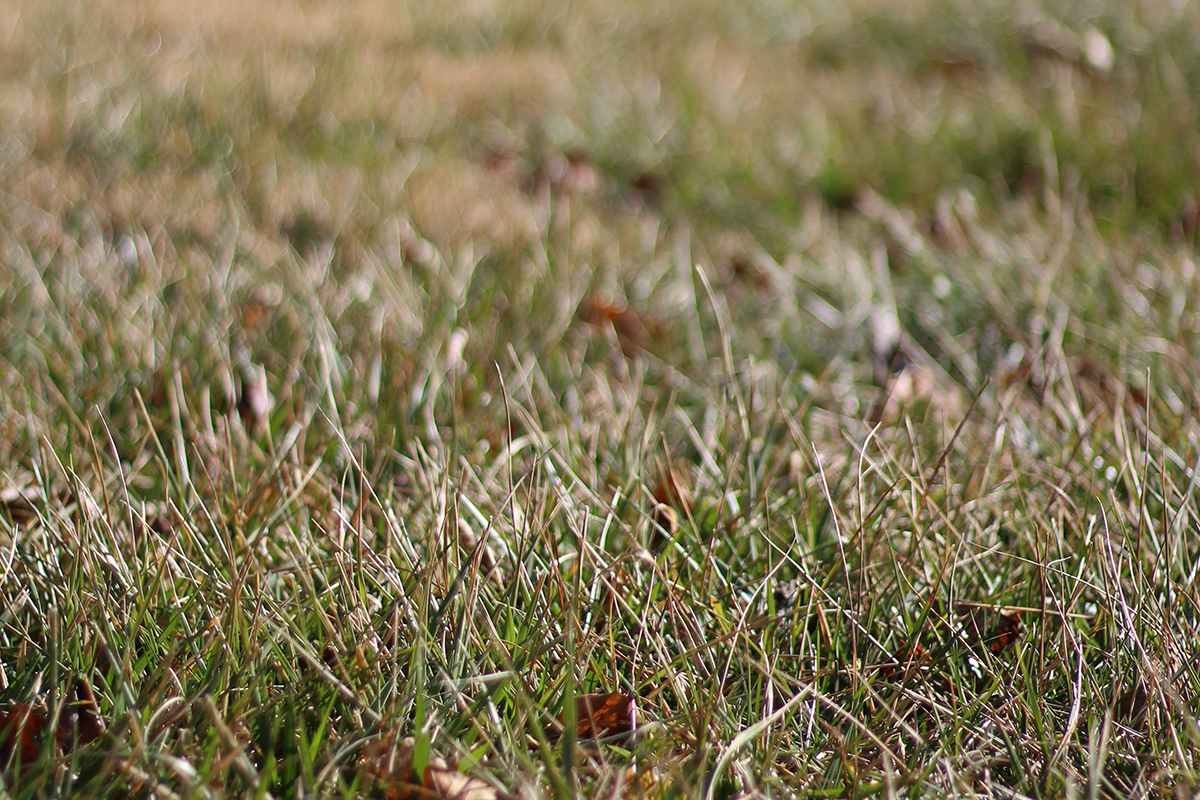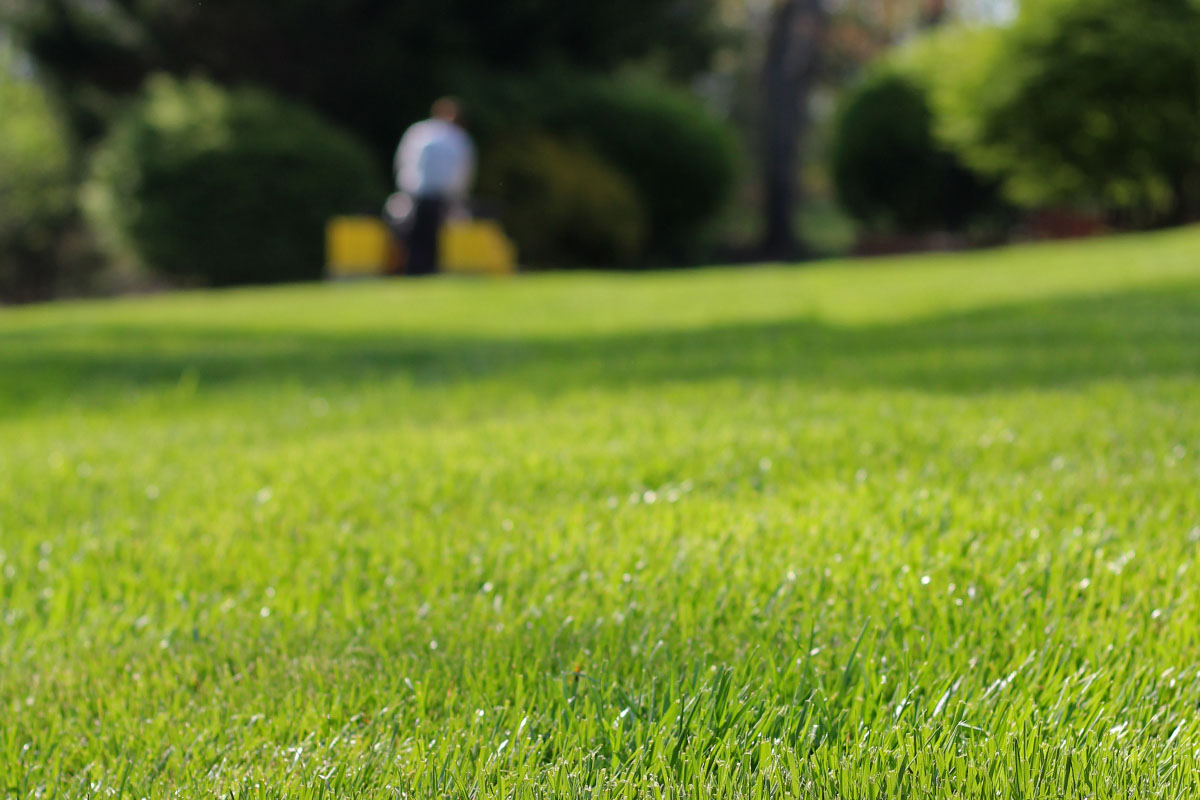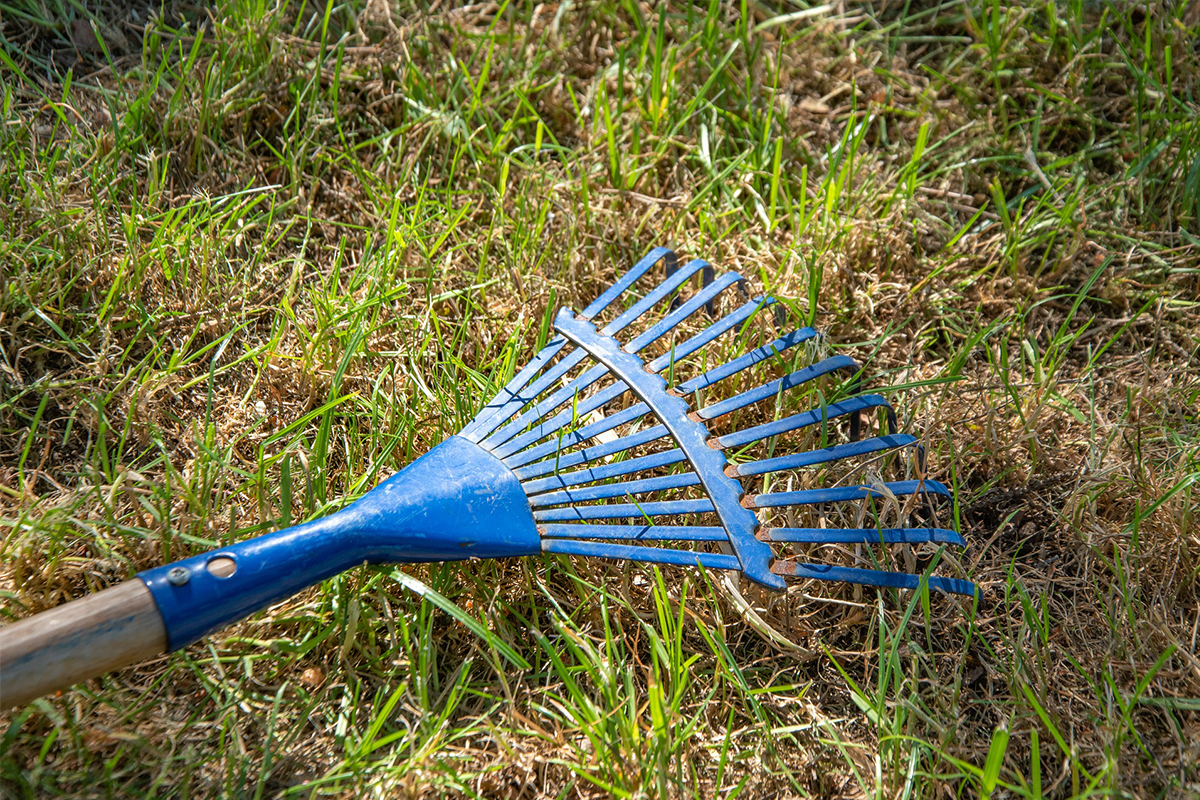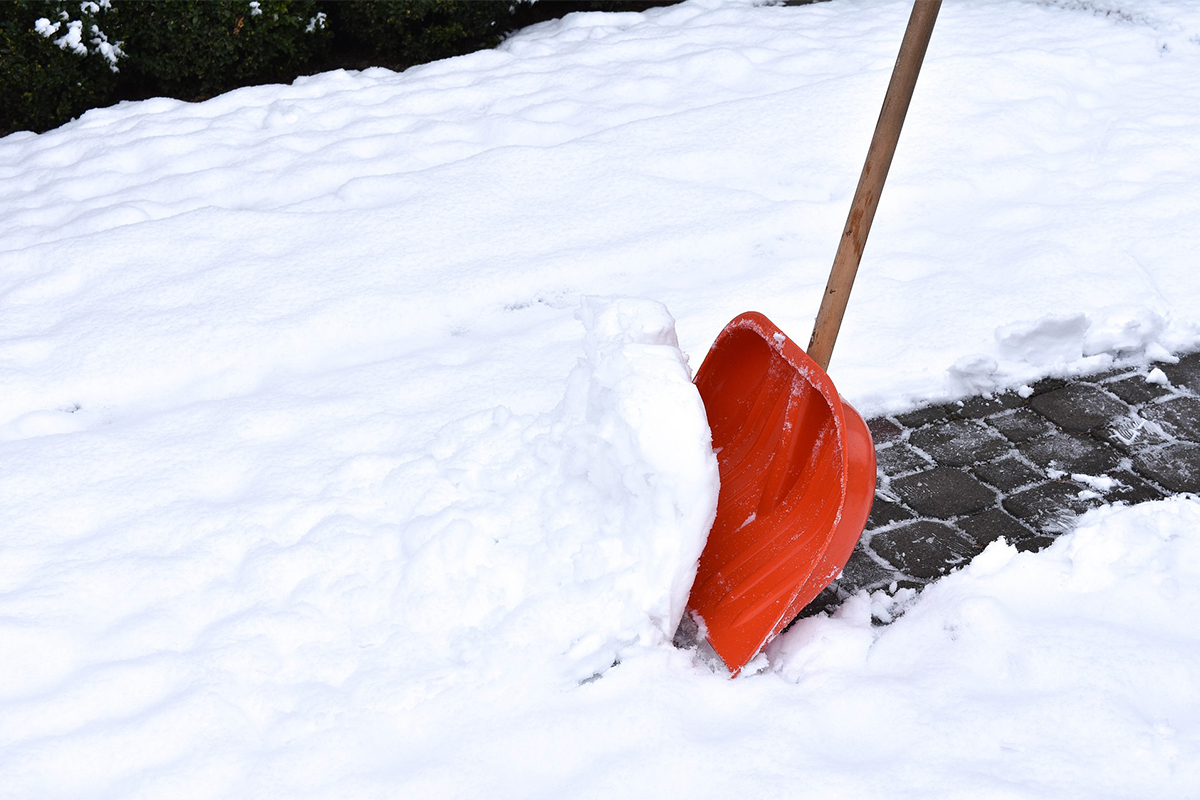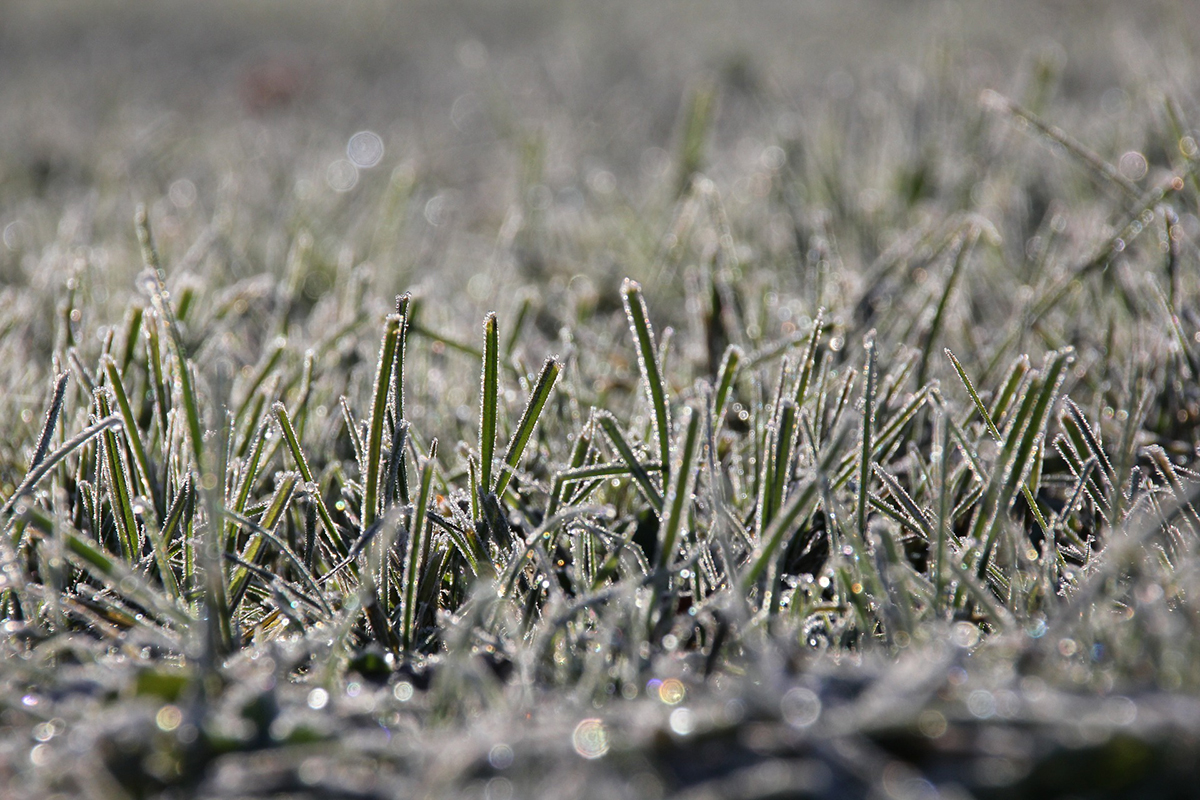The first half of January was unseasonably warm, with maximum temperature departures as high as 23 degrees from normal! This made the more typical winter temperatures of the second half of the month feel extra cold. Despite the mildness of this winter on the whole, with minimal snow and other winter precipitation, most of our cool season lawns here in the New River Valley are looking pretty yellowish-green at this point.
Have you ever wondered why that is? Why do our lawns, even the ones that are the best cared for, become so unsightly during the coldest months of the year? The answer is because they go dormant. This is normal and is actually a sign that your grass is doing what it’s supposed to do.
What is Dormancy and Why Do Lawns Go Dormant?
Dormancy is essentially when grass “goes to sleep.” It conserves its nutrients, holding them and using them to survive rather than using them to grow. It is in this dormant state that you see lawns looking yellowish green to light brown. This is the result of the plants attempting to protect their crowns, which is the part from which the blades grow.
We’ve talked before about how cool season grasses (Kentucky bluegrass, tall fescue, ryegrass, etc.) go dormant during the hottest and driest part of the summer. It’s the same idea in the winter! In fact, a dormant lawn in the heat of summer can actually look pretty similar to one in the dead of winter. Dormancy is the coping mechanism that allows these grasses to weather the extreme temperatures until they get back to the ideal growing conditions that we experience in our area during the spring and fall.
How Can I Tell if My Grass is Dead or Just Dormant?
Seeing a discolored lawn, even in the winter, can be concerning to some homeowners. However, winter dormancy of your lawn is a normal part of its lifecycle, so the color of your lawn this time of year is usually nothing to be worried about. If you are concerned that your lawn is more than just dormant and has actually died, check to see if your lawn is yellowish-brown all over, or just in certain spots. Dormant lawns are usually almost entirely discolored. If it’s brown in patches, that may be a sign of something other than dormancy.
Cool season grasses will typically come out of their dormancy naturally as they get what they need for growth, whether that’s warmer temperatures, water, or both. So one of the best things you can do is wait until spring to see if your grass comes back to its usual green when the warmer temperatures arrive.
Virginia Cooperative Extension explains what happens in the spring:
“The cool-season grasses will be the first turfgrasses to visibly resume active growth as soil temperatures consistently warm into the 50s (°F). Even early to mid-spring frost events will not significantly slow foliar growth. The renewed vigor in top growth is a result of the plant’s effort to quickly maximize its ability to produce food (the biochemical process of photosynthesis). Much of the remaining food reserves that were stored for winter survival are now being used in the early-season production of new leaves.”
However, if you don’t want to wait until spring, or if you still can’t tell at that point, feel free to give Green Care a call. We can provide you with a free site visit to help you assess your lawn’s health and let you know how our programs can help you achieve a healthy, green lawn that is ready to weather every season!
How Can I Help My Lawn Before It Goes Dormant?
You want to ensure that your grass is as healthy as possible before dormancy sets in, whether that’s winter or summer. Green Care’s fall fertilizer treatment provides nutrients for the roots that they store into the winter and use for growth in the spring. Our spring services also help ensure your turf is ready to survive the scorching days of summer. Contact us today for more information.

